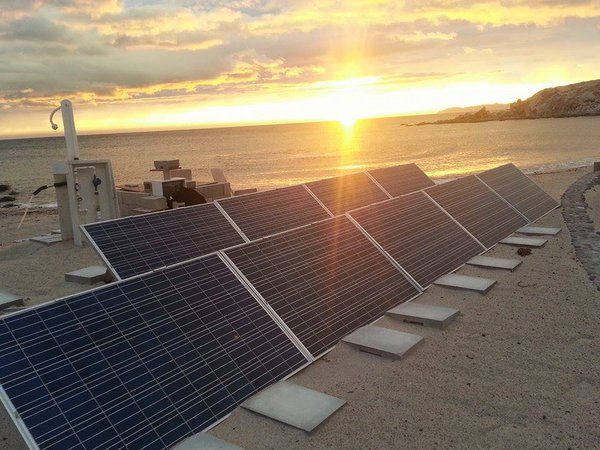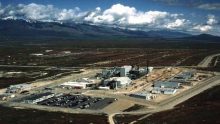
In her list of 2016 predictions, Edmee Kelsey of solar asset management company 3Megawatt predicted that solar will no longer stand on its own. A somewhat surprising statement from a solar asset management CEO, but it is indicative of a maturing solar industry looking to address its Achilles heal of variable generation.
Though growing exponentially, solar plays a very small role on most power grids, less than 1%. That hasn’t stopped incumbent power companies from screaming “foul,” making a case that the variability of solar energy is costly and gets pushed to non-solar customers. At such low penetrations, these claims are laughable, but that will not stop the argument from being made. Net metering, which forces utilities to manage home solar variability is under assault in the United States.
What will replace net metering is unclear, but solar energy will likely be much more valuable when the sun goes down.
Combined with energy storage, solar’s biggest liability becomes its biggest asset. “Combining solar and storage creates a dispatchable asset that can replace almost any grid service,” says Edmee. “Even more, costs are declining.”
Immediate opportunities for solar plus storage
- Ancillary services
- Time shifting
- Peak shaving
- Demand charge reductions
In 2016 is bringing on the development of new business models that integrate not only storage, but other distributed energy resources into single projects. These projects include microgrids, and off-grid projects, combining assets that generate revenue at varied rates. Tools are also emerging for distributed solar owners, and even appliances to create markets and directly trade energy with bockchain-based energy trading.
http://microgridmedia.com/its-like-the-early-days-of-the-internet-blockchain-based-microgrid-tests-p2p-energy-trading-in-brooklyn/
3Megawatt is at the forefront of the added complexity variable rates bring to asset management, but anticipate better tools in the future for tracking distributed energy portfolios which include more than solar panels.
As the cost of solar panels declines, the every other cost makes up a greater share of the installation cost, so low-cost solar panel racking and improved methods will be needed to drive down the cost of installations.
Read all predictions here.



